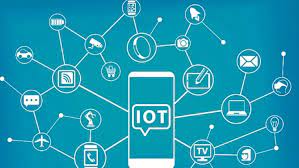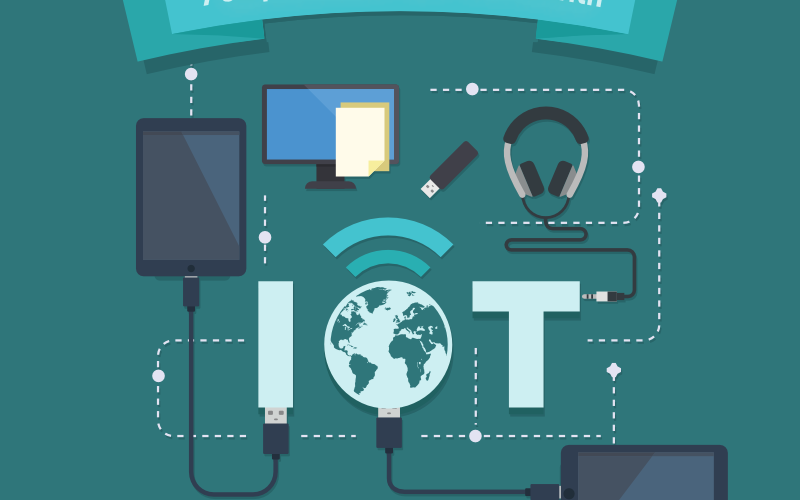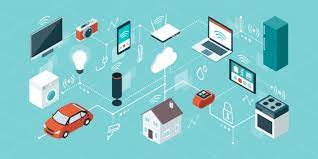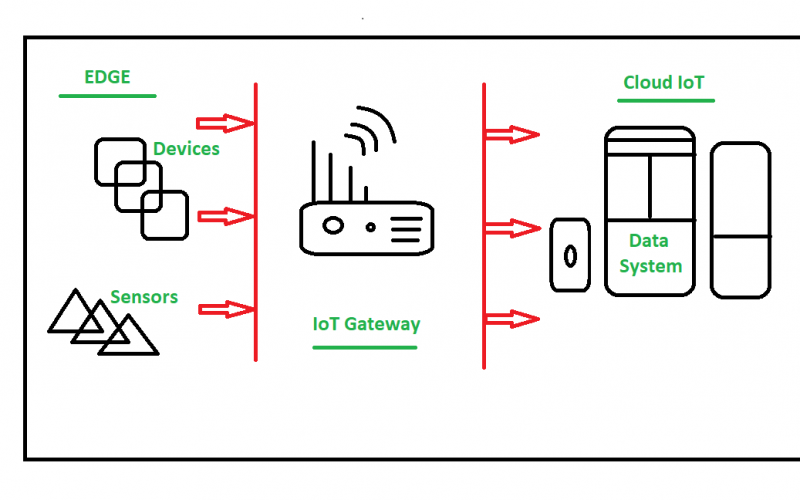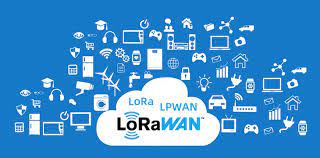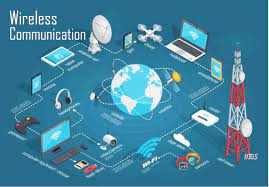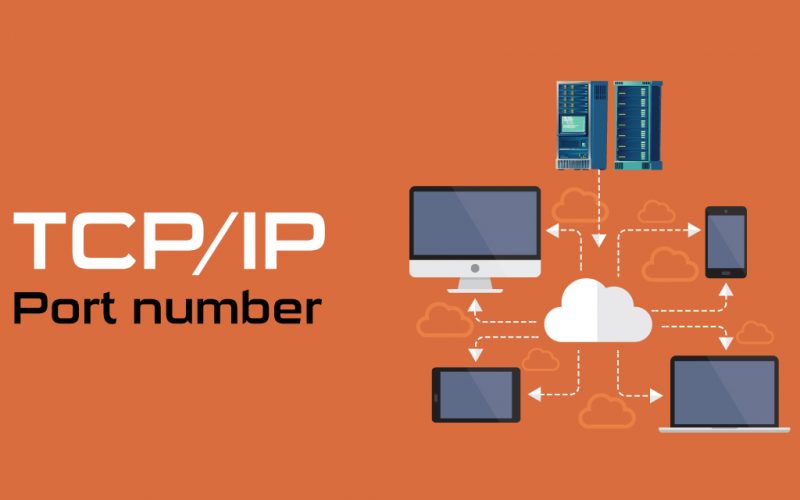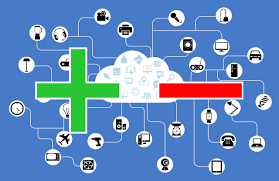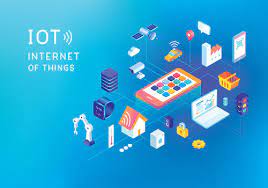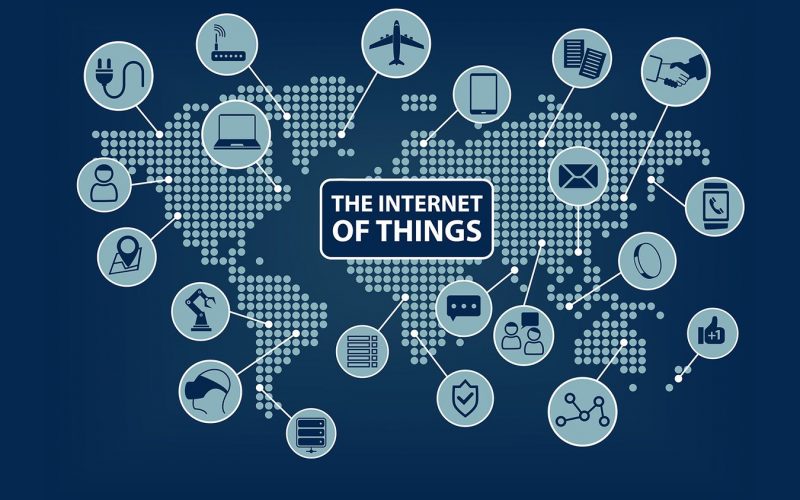15
Oct
Interfacing sensors with microcontrollers is a fundamental step in integrating sensor data into IoT systems. Here's an overview of the process: Sensor Selection: First, identify the appropriate sensor for your application based on the specific data you need to collect. Consider factors such as the type of measurement, accuracy requirements, interface compatibility, and power consumption. Sensor Wiring: Connect the sensor to the microcontroller according to the sensor's interface specifications. Most sensors use analog or digital interfaces for communication. Analog sensors require analog-to-digital conversion, while digital sensors communicate using protocols such as I2C (Inter-Integrated Circuit), SPI (Serial Peripheral Interface), or UART…
